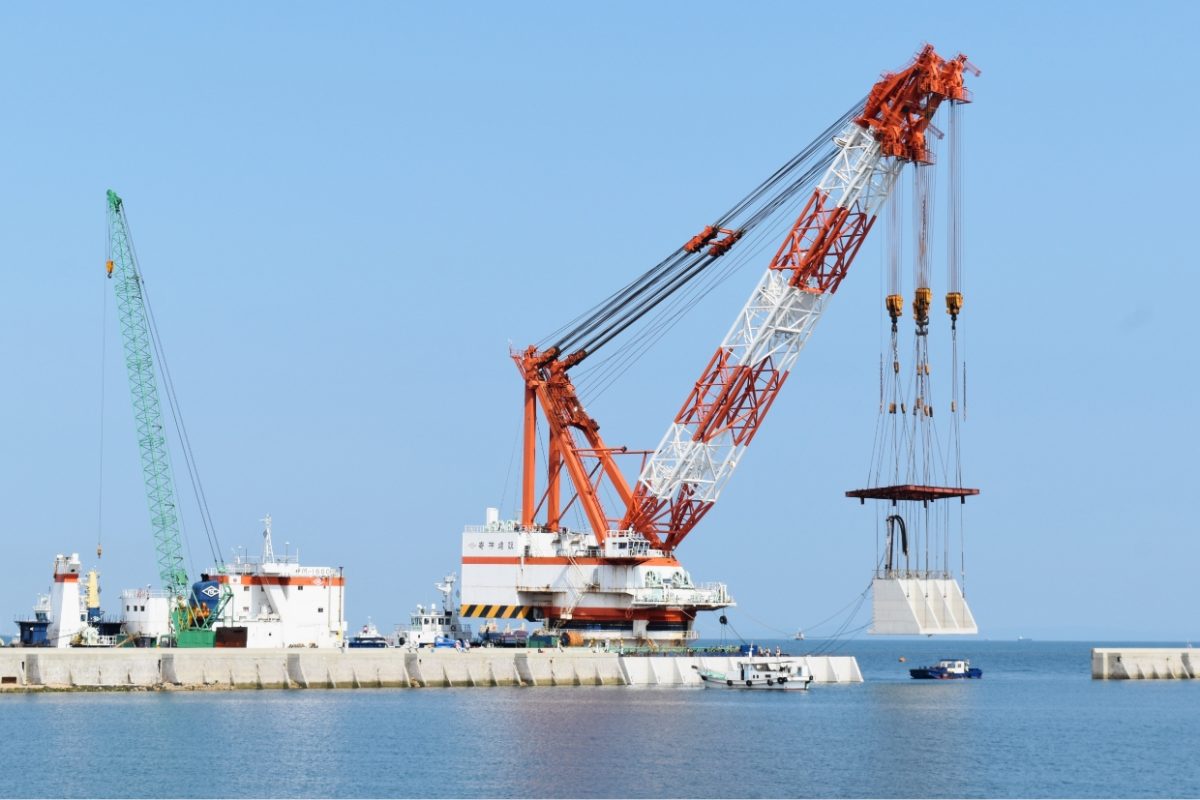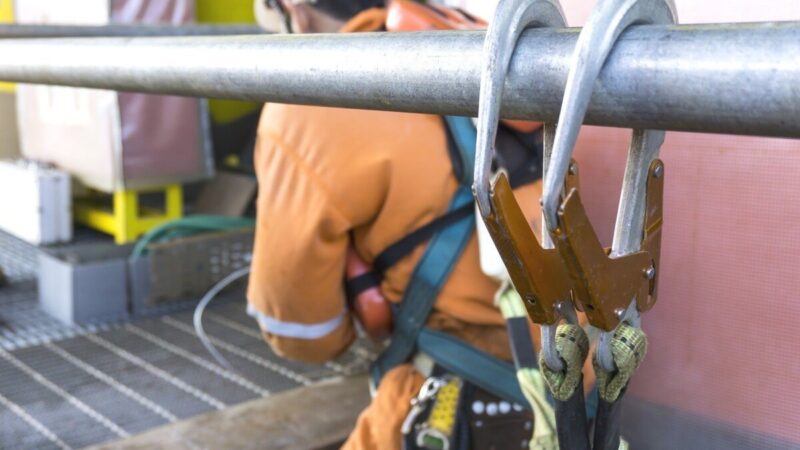Marine construction is a highly specialized field that requires more than just technical expertise and advanced equipment. Success in this domain depends significantly on effective planning and thorough site analysis. These early phases influence every aspect of the project—from structural integrity to long-term sustainability. Whether constructing docks, seawalls, or ports, marine bulkheading construction marine construction services must begin with a comprehensive understanding of environmental, geological, and hydrodynamic conditions.
The Importance of Pre-Construction Planning
Before any physical work begins, marine construction projects go through an extensive planning process. This step is crucial due to the complex and dynamic nature of marine environments. Coastal areas are affected by tides, wave patterns, sediment transport, and ecological factors—all of which vary based on location and season.
During the planning stage, engineers assess feasibility, develop detailed blueprints, estimate costs, and map out logistics. They consider factors such as:
-
Wave and current behavior
Understanding local water movement helps determine the proper orientation and design of marine structures.
-
Seabed conditions
Soil testing reveals whether the seabed can support heavy structures or if additional measures like pile driving are required.
-
Environmental impact
Planners must assess how the project will affect marine life, water quality, and nearby ecosystems.
-
Weather patterns
Predicting the frequency and intensity of storms can guide structural reinforcements and material selection.
This preparatory work ensures not only that the structure will perform its function but also that it can endure the environmental pressures unique to its location.

Geotechnical and Hydrological Analysis
Site analysis is a core component of marine construction planning. Geotechnical surveys determine the composition and strength of the seabed, while hydrological studies measure water depth, salinity, and flow.
These findings influence critical decisions such as:
- Foundation depth and design
- Selection of construction materials
- Placement and anchoring techniques
- Timing of project phases based on tidal cycles
Specialized equipment like sonar imaging, borehole drilling rigs, and current meters is used to gather this data. Without these insights, structures risk premature failure or expensive repairs down the line.
Navigating Permitting and Regulatory Requirements
Marine construction is heavily regulated to protect water quality, marine habitats, and public safety. Projects often require permits from coastal authorities, environmental agencies, and port administrations. Regulatory compliance must be factored into both planning and site analysis, as permitting processes can take months.
Some permits require detailed environmental assessments or modeling reports that simulate the structure’s long-term interaction with natural forces. Proper site analysis ensures accurate reporting, helping to secure approvals more efficiently.
Risk Assessment and Mitigation
Proper planning and site evaluation also serve to identify and mitigate risks early. Marine construction projects are prone to challenges such as material corrosion, equipment delays, and unpredictable weather. With accurate site data and forward-looking project management, these risks can be minimized through contingency planning.
For instance, if sediment transport analysis indicates potential for scouring around pile foundations, engineers can include protective measures such as riprap or concrete mats in the design. Similarly, storm surge risk might lead to elevating structures above historical flood levels.
Integration of Technology in Planning
Modern marine construction projects rely increasingly on technology to enhance site analysis and project visualization. Tools like GIS mapping, Building Information Modeling (BIM), and remote sensing provide planners with real-time data and 3D simulations. This allows for better coordination between engineering teams, environmental consultants, and project stakeholders.
Moreover, digital tools enable adaptive planning—project designs can be revised efficiently as new information emerges, reducing delays and cost overruns.
In conclusion, the foundation of any successful marine construction project lies in its planning and site analysis. These initial steps ensure that structures are safe, compliant, cost-effective, and built to last in a dynamic marine environment. From residential seawalls to commercial ports, marine bulkheading construction marine construction services depend on this thorough groundwork to deliver resilient, sustainable infrastructure.







